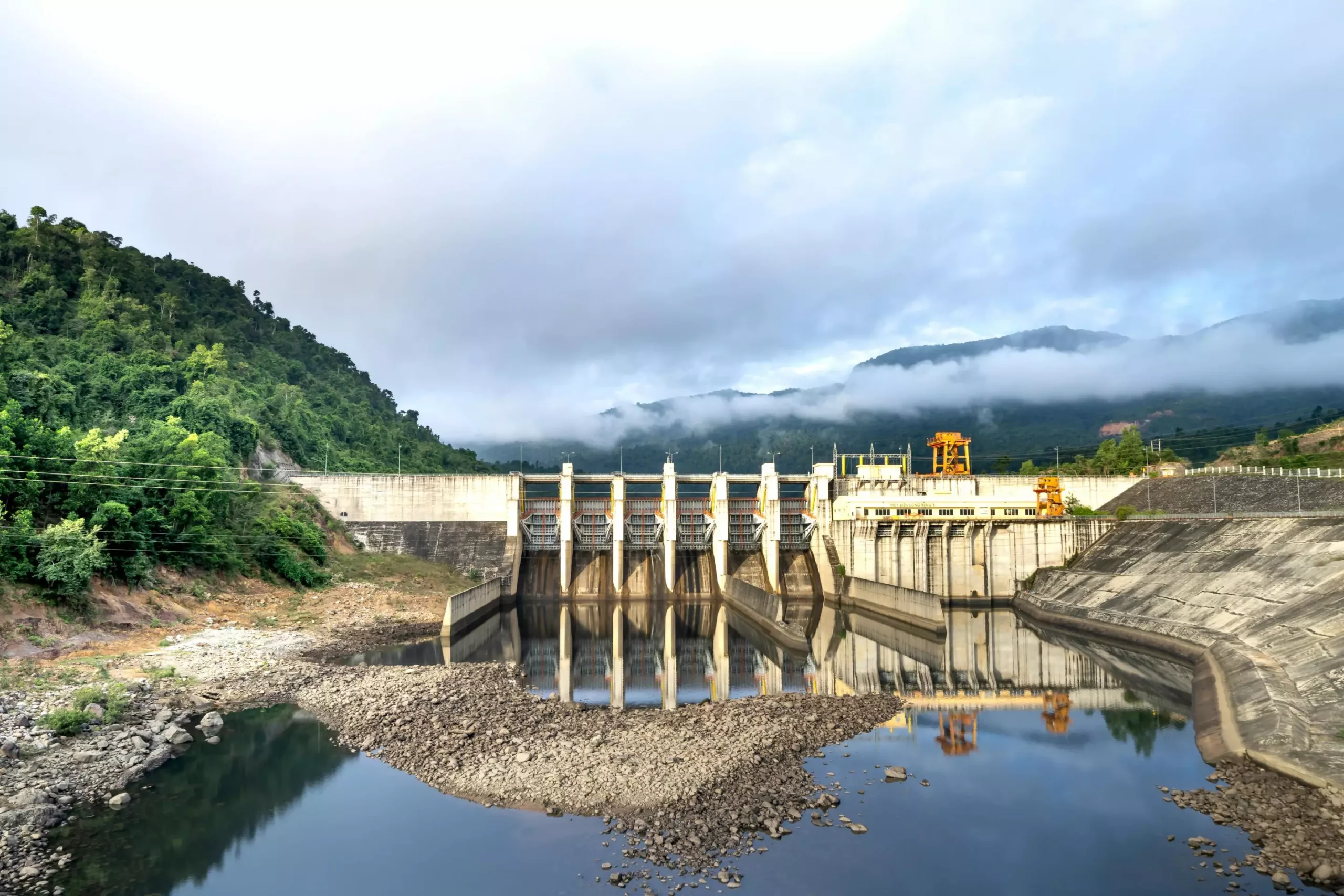Hydropower has long been celebrated as a cornerstone of clean energy in the United States, offering a renewable alternative to fossil fuels. While it generates electricity with minimal greenhouse gas emissions, its effectiveness can be hindered by extended periods of drought. Recent research conducted by experts from The University of Alabama (UA) illuminates a crucial oversight in the perception of hydropower as an inexhaustible solution to energy demands. The study highlights that without thorough foresight and planning, this ecological energy source can transform from a boon into a burden during times of resource scarcity.
The comprehensive analysis carried out by the Center for Complex Hydrosystems Research encompassed an 18-year period from 2003 to 2020, examining the ramifications of drought conditions on hydropower generation across various states. One of the stark revelations from this study is the significant drop in hydropower output, with national losses amounting to an estimated $28 billion. This economic hurdle is not merely a statistic; it represents a tangible impact on revenue for hydropower facilities, forcing utilities to seek alternative energy solutions in a market that may not always be reliable or environmentally friendly.
Traditionally, flooding has been regarded as the primary climate-related risk to water resources and energy production. However, Dr. Hamid Moradkhani, a notable figure in this research, points out that the dangers posed by drought are equally, if not more, alarming. The UA study seeks to recalibrate public awareness, emphasizing that drought’s repercussions on hydropower generation deserve heightened attention. By elevating the conversation around drought, the researchers advocate for proactive mitigation strategies that integrate drought resilience into long-term energy planning.
The degree of vulnerability to drought greatly varies across states, depending on several factors, including reliance on hydropower and the presence of mitigating structures. Interestingly, Nevada demonstrated the least vulnerability despite its arid environment, thanks to the expansive reservoir created by the Hoover Dam. This feature acts as a buffer against drought, exemplifying how infrastructure can enhance a state’s resilience.
Conversely, Alabama, where hydropower constitutes around 7% of electricity generation, has managed to maintain a relatively stable energy supply due to less severe drought conditions and higher adaptive capacity. This suggests that factors like soil moisture and ecological resilience play crucial roles in determining a state’s ability to weather drought impacts.
The ramifications of reduced hydropower generation extend beyond the economic sphere; they also threaten environmental integrity. When states are compelled to replace lost hydropower supplies, they often turn to fossil fuel sources, particularly natural gas. This shift contributes to a measurable uptick in greenhouse gas emissions—10% for CO2 and 24% for NO2—which exacerbates air quality issues across the nation. While these short-term increases might not stir immediate alarm, they are indicative of a problematic trend that underscores the urgency for strategic planning in the face of climate variability.
The Path Forward: Strategic Planning and Diversification
As the study underlines, regional vulnerabilities call for tailored strategies that warrant immediate attention. State-specific responses, inclusive of diversifying energy sources and refining water management practices, are essential for building a more resilient energy sector. In a landscape increasingly affected by climate change, the prioritization of sustainability in energy planning cannot be overstated.
The findings from The University of Alabama serve as a critical reminder that the clean energy transition must account for climatic fluctuations, particularly drought. By fostering a proactive approach, the industry can not only safeguard the future of hydropower but also fortify the broader energy economy against unpredictable environmental shifts. In this new era of climate consciousness, it is imperative that stakeholders unite in their efforts to devise effective solutions, ensuring that the promise of hydropower is not diminished by the realities of its vulnerabilities.


Leave a Reply